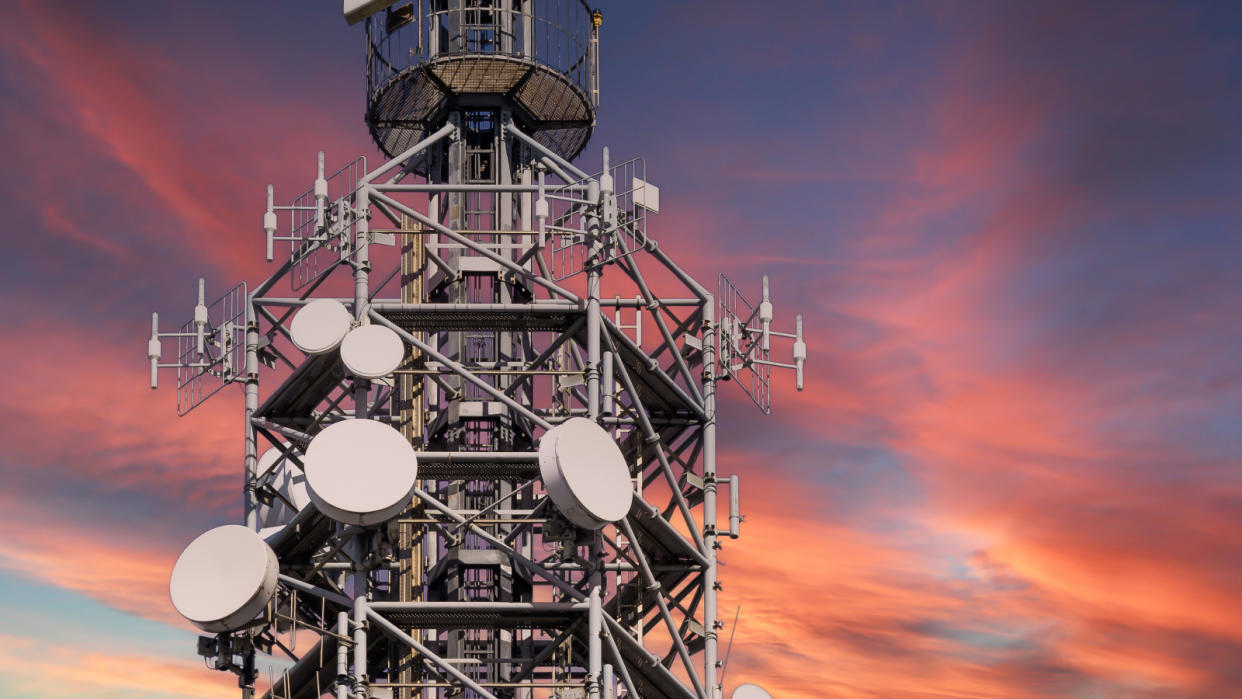6G speeds hit 100 Gbps in new test — 500 times faster than average 5G cellphones

A consortium of companies in Japan has built the world's first high-speed 6G wireless device, capable of transmitting data at blistering speeds of 100 gigabits per second (Gbps) at more than 300 feet (90 meters) — up to 20 times faster than 5G.
These data transfer speeds are equivalent to transferring five HD movies wirelessly per second, and, according to Statista, up to 500 times faster than average 5G T-Mobile speeds in the U.S.
The results of the new tests, announced April 11 in a joint statement, show that the consortium’s wireless device transmitted data at 100 Gbps indoors over the 100 gigahertz (GHz) band and outdoors in the 300 GHz band — which sits below infrared in the electromagnetic spectrum. The tests were conducted over 328 feet (100 meters), consortium representatives said in the statement.
Rolled out in 2019, 5G is the current state-of-the-art wireless communication standard and is used by almost all new smartphones, for example. Average T-Mobile speeds in the U.S. are approximately 204.9 megabits per second (Mbps), while the theoretical maximum 5G speed is at least 10 Gbps.
Related: Scientists create light-based semiconductor chip that will pave the way for 6G
But scientists are already working on building the sixth generation of this standard, 6G, with the infrastructure in the works ahead of rollout by the early 2030s, according to the GSM Association (GSMA) — where GSM stands for Global System for Mobile.
The main differences between 5G and 6G lie in the frequency bands of the electromagnetic spectrum in which they operate. Operating in higher bands generally means much higher speeds.
5G signals are commonly transmitted in bands under 6 GHz and extended into bands of around 40 GHz — known as the "millimeter-wave bands," according to 6GWorld.
6G, on the other hand, is expected to use higher-frequency bands, known as "sub-THz" bands, which are between 100 GHz and 300 GHz, according to Nokia. Transmitting in this region taps into the advantage of faster speeds but has the disadvantage of greater interference with the environment, with signals more likely to become blocked — particularly indoors.
RELATED STORIES
Where the jump from 4G to 5G paved the way for much greater volumes of media consumption, the jump from 5G to 6G could lead to new technologies like holographic communication and smoother virtual reality (VR) and mixed reality experiences.
Because 6G relies on much higher frequency bands, however, we would need completely new infrastructure to transmit and amplify signals, while smartphones or VR devices would require 6G antennae.
In previous tests, scientists have achieved faster 6G speeds — but over much shorter distances. A different team of scientists in Japan, for example, demonstrated world-record 6G speeds of up to 240 Gbps but only at 66 feet (20 m), publishing their findings Feb. 10 in the journal IEICE Electronics Express.

